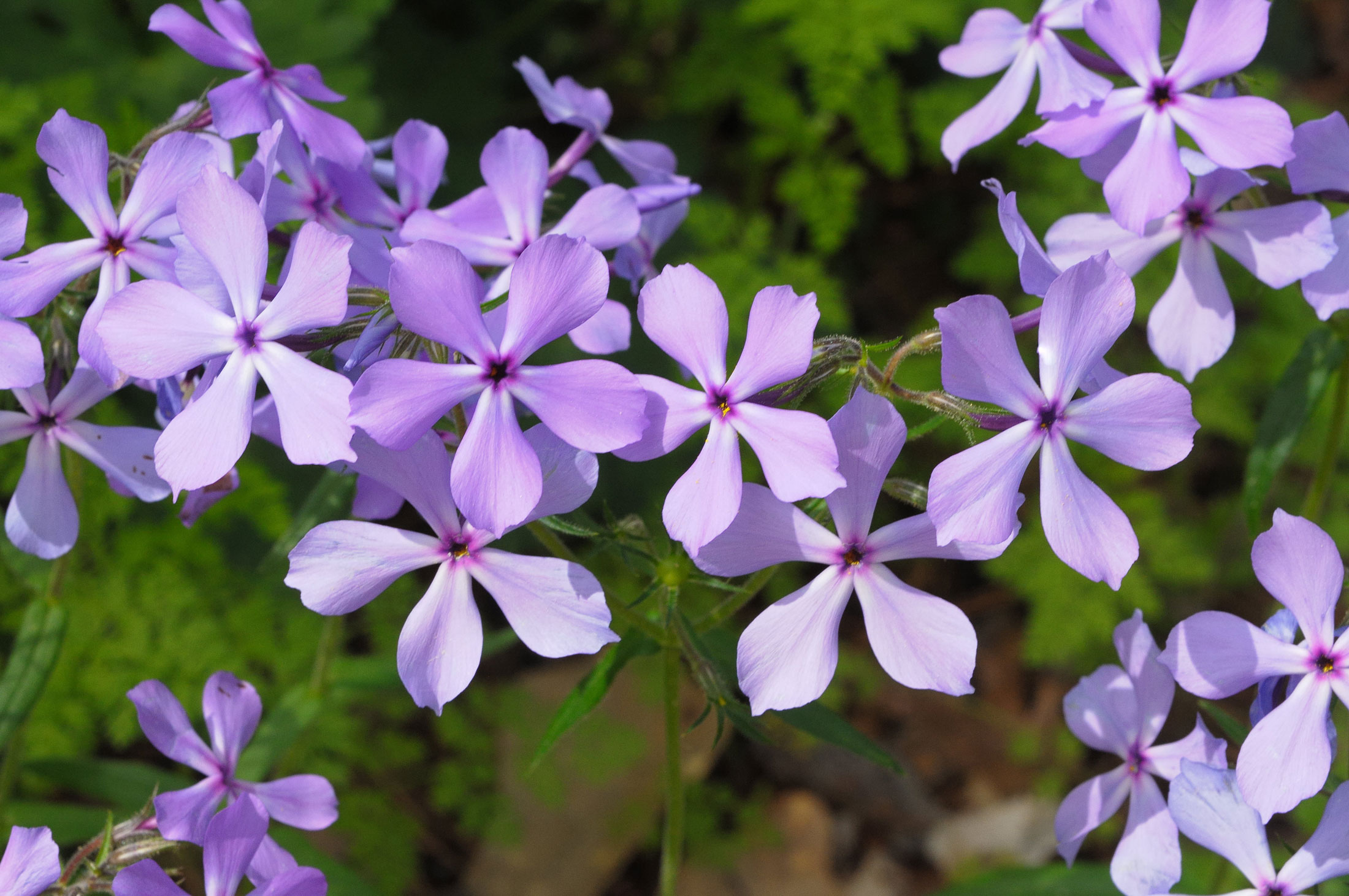
By the third week of April, spring is in full bloom throughout the picturesque valleys of Great Smoky Mountains National Park. In these lower elevations, trails burst with color—blue phlox, yellow trillium, fire pink, purple wakerobin—vibrant and vivid, like a palette of paints beneath a canopy canvas of white dogwood. Overhead, birds chirp and sing from bright-green budding branches. Insects hum through the underbrush. Down here in the hollow, the mountains are alive.
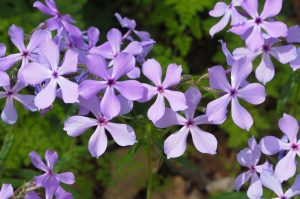
But up on the Appalachian Trail, in the higher elevations populated with spruce–fir forests or deciduous trees that have yet to stretch their leaves, early spring has just arrived. With a 5,000-or-so-foot difference between the lowest valleys and tallest peaks, it’s an entirely different world for a wildflower.
“As you move up the mountains, spring is happening at all different rates,” said Jaimie Matzko, biodiversity program specialist for Discover Life in America, a nonprofit partner of the national park. “Flowers are blooming in different places at different times. Birds are migrating to and from the region. Depending on your elevation, or even what side of the mountain you’re on—whether you’re facing north or south—you could really see anything. And that’s what makes this such an amazing time of year in the Smokies.”
It’s a change of the seasons—a gradient of spring—from the bare-branched, winter-weathered peaks to the bounty of blossoms below. And, for a nonprofit that focuses on the park’s biodiversity, it’s the perfect time to invite the public on an educational adventure, to learn more about what Discover Life in America does for Great Smoky Mountains National Park.
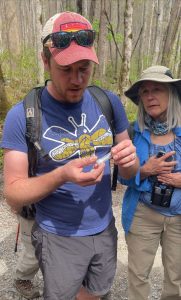
Organized by DLiA, the three-day, two-night Great Smokies Eco-Adventure leads participants on guided, biodiversity-focused excursions in and around the national park, fostering deeper connections with nature through scientific exploration and examination. Adventurers spend their days alongside park scientists, cataloguing species on trails in the Smokies, and their nights glamorously camping, or “glamping,” at Camp Atagahi, a premier off-grid luxury camping facility owned and operated by partner organization A Walk in the Woods. In past years, groups have even discovered species previously undocumented within the park.
“Spring is an awakening,” Matzko said. “Things are new and fresh, and we tend to see much more activity, much more diversity of life—whether that’s flowers or insects or birds. And, with the way that we’ve set up the Eco-Adventure itinerary this year, people are going to experience the different stages of spring across each of the three days.”
Now in its fourth year, the Great Smokies Eco-Adventure experience doubles as a fundraiser for DLiA, funding vital research in the national park. This year’s Eco-Adventure April 21 to 23 will focus on different phases of the spring season, as shown by wildflowers. This includes a deep dive into spring ephemerals—the first flowers to emerge and bloom after winter—which will still be visible during higher-elevation hikes, like those along the Appalachian Trail.
“The thing about spring ephemerals is they’re so fleeting,” Matzko explained. “There’s only a short window of time when it’s warm enough for these flowers to start blooming, before the trees have exploded with foliage, when enough sunlight is reaching the forest floor.”
Matzko said she’s excited to take participants hiking on the Appalachian Trail, which offers respite to migratory birds that aren’t seen in the lower elevations. The trail’s fame also makes it a special destination.
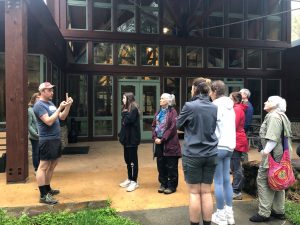
“There’s just something so iconic about the AT,” she explained. “People have written so many books on it, they’ve made movies, and I think it’s just kind of a neat thing for people to experience while they’re here. If we’re planning to go up to the higher elevations to look for spring ephemerals anyway, why not take them to the AT?”
Fields full of flowers are beautiful in their own right, “reflecting a little bit of God’s creation,” said wildflower reporter Tom Harrington, a volunteer who compiles wildflower sightings for the park.
“But after you waited all winter, with everything looking drab, it’s a fun thing to see these small bits of color popping up,” he said. “It’s something cheerful to look forward to. You can be walking on a trail where the whole ground is covered with brown leaves, but then you notice bloodroot coming up, with a bloom that’s just as white as snow. It’s just so vivid against the brown background.”
And every now and then, he continued, “you have surprises that you don’t expect to see. It’s just amazing to be out on a trail and suddenly find a rare little wildflower blooming”—like the rosebud orchid, for example. “It’s usually not more than eight to ten inches tall, growing right in the middle of a bunch of weeds, but it’s so delicate and beautiful. It’s just exciting to be out in the wild, trying to locate beautiful and rare wildflowers, and then actually find them.”
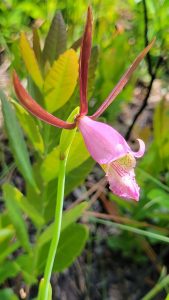
According to Harrington, there are more than 1,500 species of blooming plants in the park—only about 100 of which he can confidently identify from memory alone. For the rest, he relies on a plethora of books and guides, such as Wildflowers of the Smokies and Great Smoky Mountains Wildflowers.
He recommends Eco-Adventurers bring those books along for the trip, though DLiA’s expert guides, including Matzko, will be there to assist adventurers with identification of both flora and fauna. In addition to wildflowers and birds, with the help of entomologist and Eco-Adventure guide Will Kuhn, the group will observe insects, too. Kuhn’s “special talent” is an ability to “get pretty much anyone interested in learning more about bugs,” Matzko said—even people who start the journey fearing them.
After the day’s adventure, participants will return to accommodations that, while wild and off-grid, offer spacious platform tents equipped with cushy mattresses, bathrooms with running water and hot showers, and meals prepared on-site with local produce. It’s a rare chance to go camping without leaving “creature comforts” behind, Matzko said.
“It’s amazing how many people really enjoy wildflowers, even if they weren’t so sure about it going in,” Harrington said. “But they shouldn’t be surprised—wildflowers are universal. We’re just blessed to have places like the Smoky Mountains to be able to see them.”
Learn more about the 2024 Great Smokies Eco-Adventure, slated for April 21 to 23, at dlia.org/event/spring-adventure-2024. Registration is open through April 1. Proceeds support DLiA’s efforts to identify, catalog and observe the park’s estimated 60,000-plus species through its flagship project, the All Taxa Biodiversity Inventory. Only 21,669 have been identified so far, meaning that every outing is an opportunity for discovery.



Subscribe to get the latest posts sent to your email.
The Great Smokies Welcome Center is located on U.S. 321 in Townsend, TN, 2 miles from the west entrance to Great Smoky Mountains National Park. Visitors can get information about things to see and do in and around the national park and shop from a wide selection of books, gifts, and other Smokies merchandise. Daily, weekly, and annual parking tags for the national park are also available.